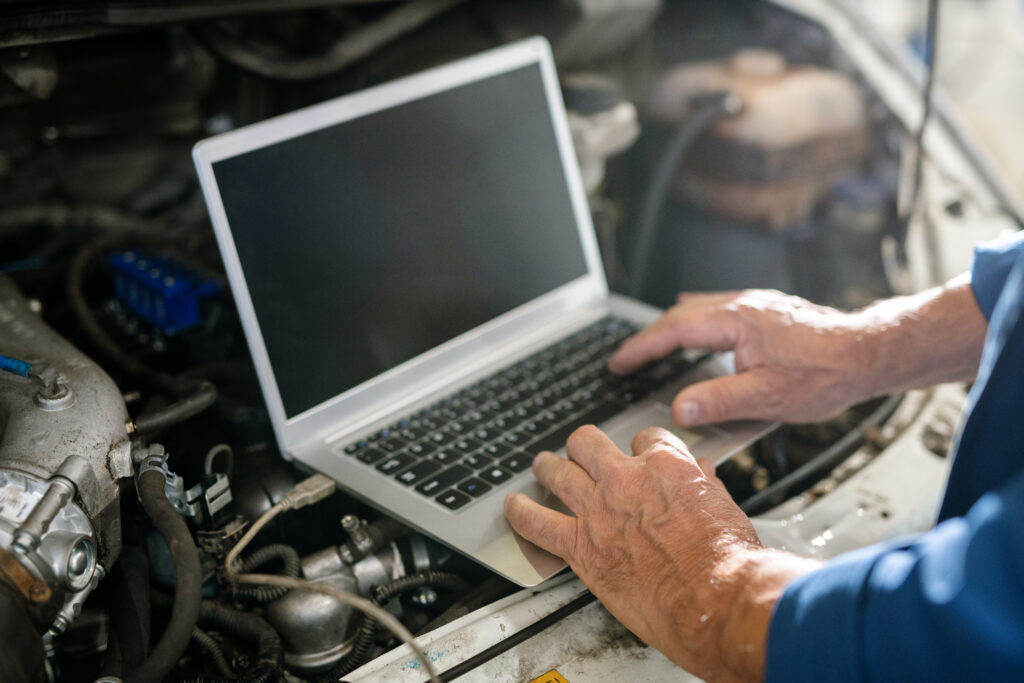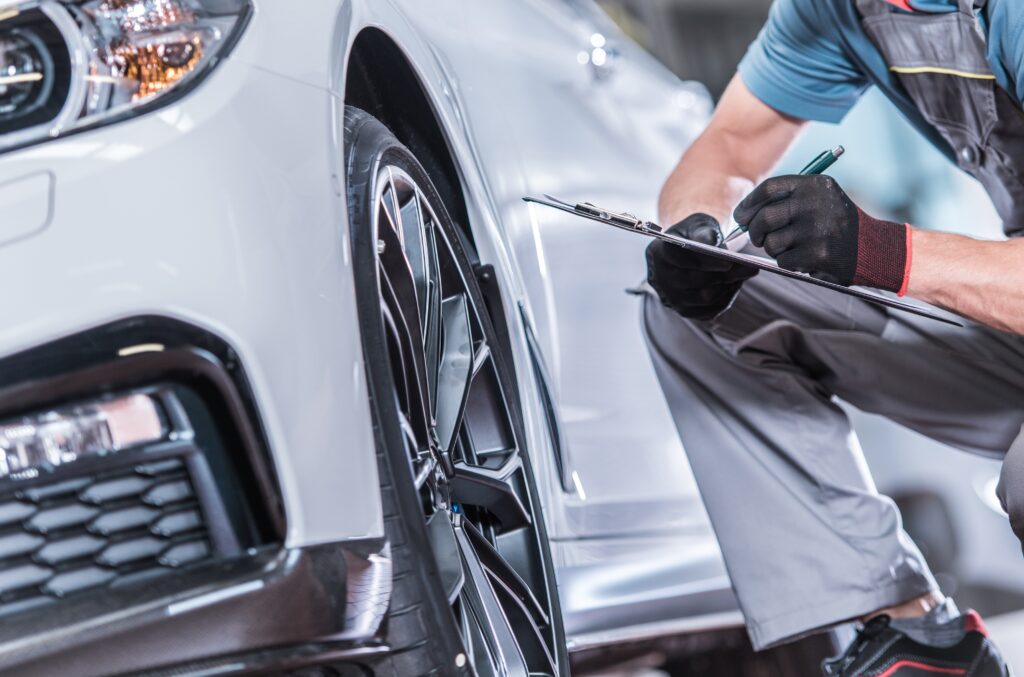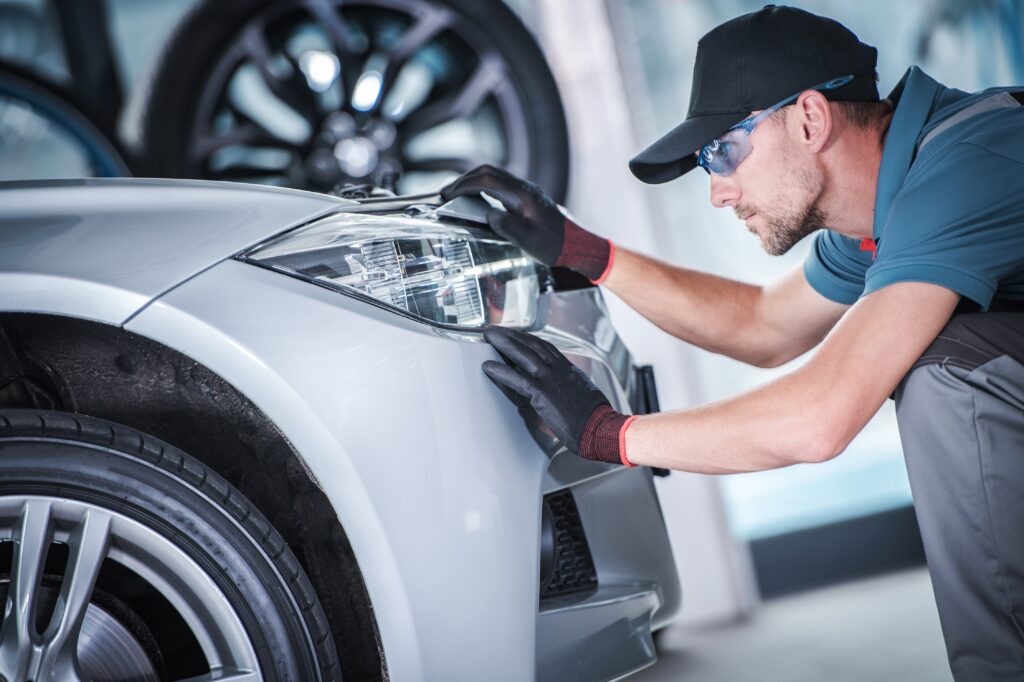ADAS stands for Advanced driver-assistance systems. ADAS comprises all those gizmos that you bought with your car that help to avoid accidents. This includes blind-spot monitors, lane-keep assists, pre-collision braking, and a whole lot more depending on the year and makes of vehicle.
Just a few years ago, the only safety system that needed any type of recalibration after an accident was the airbag sensors. But it was easy to spot the fault because the airbag light would light up on the dash telling body shops that they needed to have it reset or recalibrated, or that there was a problem like a loose wire somewhere in the system.
Well, today, there are no dummy lights for faulty ADAS systems. If your shop doesn’t scan for them, you will have no way of knowing if they are throwing off fault codes.

And if you think that your body shop is automatically doing all this for you, consider this, vehicle diagnostics provider CarMD reported that its third-party PRO SCAN tool had found issues on 80 percent of 5,642 vehicles checked by repairers.
CarMD wrote that “a majority” of those 80 percent had “hidden problems not likely identified by a visual vehicle inspection alone.”
“On average, these vehicles had six issues that needed to be checked, repaired, or replaced, resulting in improved peace of mind for vehicle owners and increased average repair order (ARO) for shops,” the company continued in a news release.
So what CarMD is saying, is that of the body shops that use their scanning tools, 80% of the vehicles scanned had other system issues that were basically invisible since they don’t show any indicator lights. We think that’s pretty alarming.

Of all the cars scanned, only 32 percent of them displayed the more common check engine light, which is not collision or ADAS related.
But on the 68 percent without a check engine light, “nearly three quarters (74%) of these vehicles … reported a problem with one or more system. On average, each vehicle had six different modules that required attention, resulting in additional work for the shop.”
“The most common Network System codes were related to the Body Control Module (BCM), Transmission Control Module (TCM), Instrument Panel Cluster (IPC), Powertrain Control Module (PCM), Engine Control Module (ECM) and radio.”
Here is the part that impacts customer safety, though: “Some less commonly diagnosed issues, but equally important due to their potential impact on passenger safety, were a faulty backup camera, adaptive cruise control, adaptive headlights, lane departure alert and seat belt retractor motor module.”
CarMD spokeswoman Kristin Brocoff confirmed these 74 percent didn’t throw any of the other dash lights either.

Aim and Adjust Car Headlights. LED Vehicle Front Lamp Looking For Issues.
“In most of those cases it was an issue that doesn’t report a dashboard warning light at all,” she wrote in an email. “Other scenarios included situations where a CEL bulb was removed or disconnected from the combination meter. In others, it was an intermittent issue that hadn’t triggered a warning light.”
So as you can see, it is important that you select a body shop that is going to cover every aspect of your collision repair, including a pre and post-repair scan and calibration, but you may be wondering why might a shop would elect not to scan the vehicle?
Believe it or not, there are a lot of body shops out there that still operate the same way they did in the 1970s and either completely ignore these steps or don’t even know that they need to perform them. You also have other body shops who are under pressure to keep repair costs low in order to appease keep their severity numbers low to stay on certain direct repair programs. Here at, Starr Collision and Body Shop, we consider sending out any vehicle that has not been pre and post-repair scanned to be a liability to the customer and to our business. So we scan everything, and that should give you peace of mind.
Let us help you with your auto repair process! We can be reached at 845-247-7411. If you’d like to schedule an appointment or to get an online quote, click here to get started!



